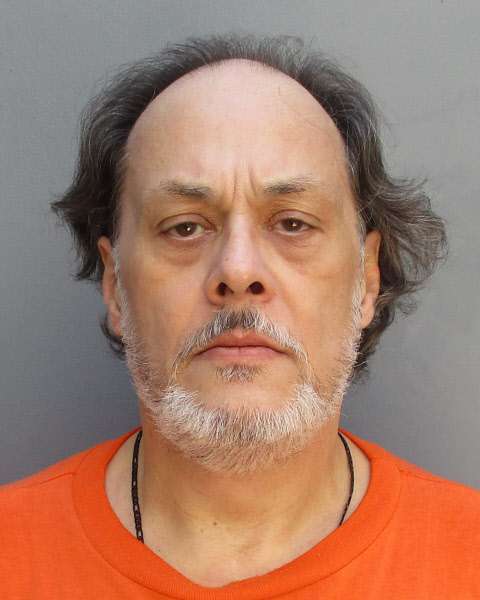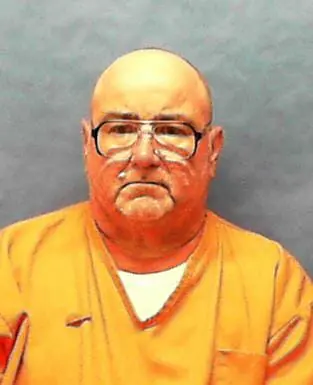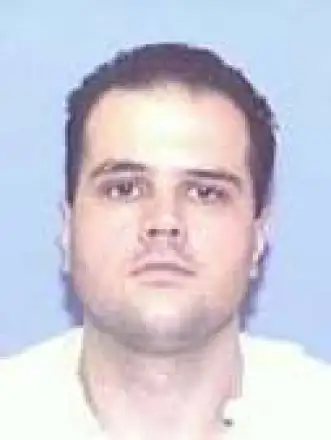Larry McKay Murders 2 In Tennessee
Larry McKay and Michael Sample were sentenced to death by the State of Tennessee for a double murder
According to court documents Larry McKay and Michael Sample would enter a store where they would murder two employees: Benjamin Cooke and Steve Jones, during an armed robbery
Larry McKay and Michael Sample were arrested, convicted and sentenced to death
Larry McKay Photos
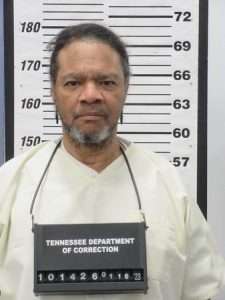
Larry McKay Now
| Supervision Status: | INCARCERATED | Assigned Location: | RIVERBEND MAXIMUM SECURITY INSTITUTION |
| Combined Sentence(s) Length: | DEATH | Supervision/Custody Level: | MAXIMUM |
| Sentence Begin Date: | 08/30/1981 | Sentence End Date: |
Michael Sample Photos
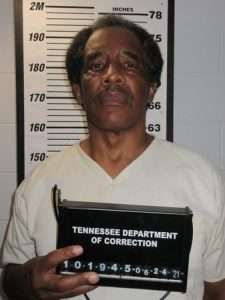
Michael Sample Now
| Supervision Status: | INCARCERATED | Assigned Location: | RIVERBEND MAXIMUM SECURITY INSTITUTION |
| Combined Sentence(s) Length: | LIFE | Supervision/Custody Level: | MINIMUM RESTRICTED |
| Sentence Begin Date: | 08/30/1981 | Sentence End Date: |
Larry McKay Case
The petitioner, Michael Eugene Sample, and a co-defendant, Larry McKay, were convicted of felony murder and sentenced to death for the 1981 killing of two men during an armed robbery in Memphis, Tennessee. To place the issues raised in this appeal in the appropriate context, we will briefly summarize the evidence from the trial and sentencing.
Melvin Wallace, Jr., testified that on August 29, 1981, he entered the L & G Sundry Store and saw two employees, Benjamin Cooke and Steve Jones, being held at gunpoint. Wallace tried to flee, but was shot in the leg by the petitioner, Michael Sample. While lying on the floor, Wallace heard Sample demand money and threaten to kill everyone, and he saw McKay shoot Cooke. When Sample realized that Wallace was still alive, he shot him in the back; Sample then put a gun to Wallace’s head, but it misfired. Wallace and Sample engaged in a struggle, and Wallace lost consciousness when the gun fired near his head. Wallace survived the shootings, but Cooke and Jones were killed
The day after the offenses, police officers apprehended Sample and McKay and found a .32 caliber handgun in their car. Bullets fired from this weapon matched those found in all three victims. Two days after the offenses, Wallace identified Sample and McKay from a lineup. At trial, Wallace again identified Sample and McKay as the persons who committed the offenses. A second witness, Charles Rice, testified that he fled from the scene when he saw the robbery in progress; he likewise identified Sample and McKay as the perpetrators. Both Sample and McKay were convicted of two counts of felony murder.
At a sentencing hearing to determine punishment, Sample introduced mitigating evidence that he was an “exceptionally good” and “very conscientious” employee. Several family members testified about Sample’s work history, character, and qualities as a husband, father, and son-in-law. Sample’s mother testified that he was a good son and asked the jury to spare his life. Sample testified that he did not commit these crimes and asked the jury to spare his life for the sake of his son and wife
The jury sentenced Sample to death based on three aggravating circumstances: that he created a great risk of death to two or more persons other than the victims who were murdered; that he committed the murder to avoid, interfere with or prevent a lawful arrest or prosecution; and that the murders were committed in the course of committing a felony. See Tenn.Code Ann. § 39-2404(i)(3), (6), (7) (Supp.1981).1 The convictions and sentences were upheld on direct appeal. State v. McKay, 680 S.W.2d 447 (Tenn.1984), cert. denied, 470 U.S. 1034, 105 S.Ct. 1412, 84 L.Ed.2d 795 (1985).










